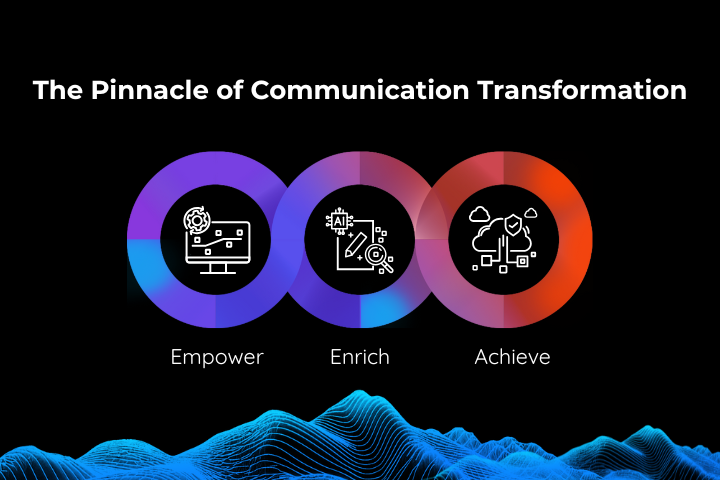
The UK Spring Budget may not have introduced any major changes for small and medium-sized businesses (SMBs), but that doesn’t mean financial pressures are easing. The real challenge for businesses lies in the policy changes announced in the Autumn Budget.
With higher National Insurance Contributions, rising Business Rate Bills, and an increase in the National Living Wage, organizations must act now to manage costs and protect their bottom line. In this blog, we explore these challenges and how smart financial automation can help businesses stay efficient and resilient.
The Top Cost Pressures Facing Businesses in 2025
1. Higher National Insurance Contributions – More Costs for Employers
From April 2025, businesses will face higher employer National Insurance (NI) contributions, increasing the cost of hiring and retaining staff. NICs will increase from 13.8% to 15%, with the threshold at which employers start paying NICs reducing from £9,100 to £5,000 per year. For those already struggling with tight margins, this means finding ways to reduce other operational costs is more important than ever.
2. Rising Business Rate Bills – A Bigger Tax Burden
Business rates are set to increase, putting more pressure on companies that rely on physical premises. Whether it’s an office or a warehouse, higher business rates mean higher overhead costs—making cash flow management a critical priority.
3. National Living Wage Increase – Higher Payroll Expenses
Starting in April 2025, the National Living Wage will increase, meaning higher wage bills for businesses employing lower-paid workers. While this is great news for employees, it adds another financial strain on SMBs, particularly in industries like hospitality and manufacturing.
How SMBs Can Offset These Rising Costs
While these financial challenges may seem overwhelming, SMBs can take proactive steps to control costs and improve efficiency. One of the most effective ways to do this is by automating financial processes like Accounts Payable (AP).
“By eliminating manual tasks such as data entry, invoice matching and approval routing, automation reduces processing times and errors while improving accuracy. This allows companies to process invoices faster, avoid late fees and capitalize on early payment discounts — ultimately strengthening cash flow management.”
Here’s how AP automation can help:
✅ Reduce Administrative Costs – Manual invoice processing is time-consuming and costly. Just how expensive is it? Consider this: processing an invoice manually costs £15. The same task costs less than £1 with automation, while reducing manual data entry by 83%.
✅ Improve Cash Flow Visibility – With real-time tracking of invoices and payments, businesses can avoid cash flow surprises and make smarter financial decisions. You can see the status of an invoice from the moment it is received until payment is made, as well as gain an overview of your total payables. With predictive analytics, you also gain a view of your future cash situation, allowing you to accurately plan and invest in growth opportunities.
✅ Avoid Late Fees & Capture Early Payment Discounts – Automated workflows ensure invoices are processed on time. Customizable approval matrices deliver invoices to the appropriate team member, and send regular reminders until invoice approval is granted, eliminating bottlenecks in the process. This helps SMBs avoid penalties and take advantage of supplier discounts.
✅ Streamline Financial Operations – SMBs can scale without increasing headcount, allowing them to grow while keeping finance costs under control. With 99% touchless invoicing, and 9x faster invoice processing, your team can drastically increase its productivity, transforming accounts payable from a simple back office function into a strategic partner in your company’s financial success.
"We’re processing invoices 50% faster with Quadient AP! Being able to see what stage our invoices are at in the approval process has helped us to become more efficient and compliant. The platform is easier to use than our old system, and the whole team has really embraced it.”
Future-Proof Your Business with AP Automation
With rising costs hitting SMBs from multiple angles, efficiency and cost savings are no longer optional—they’re essential. Businesses that embrace automation and smarter financial management tools will be better positioned to navigate these challenges.
Quadient’s AP Automation solution helps SMBs take control of their financial processes, reduce admin costs, and improve cash flow management—giving them the agility they need to thrive in 2025 and beyond.
📩 Want to learn more? Check out our eBook — How to Digitally Transform Finance in 2025 — to see how AP automation can help your business stay ahead.






